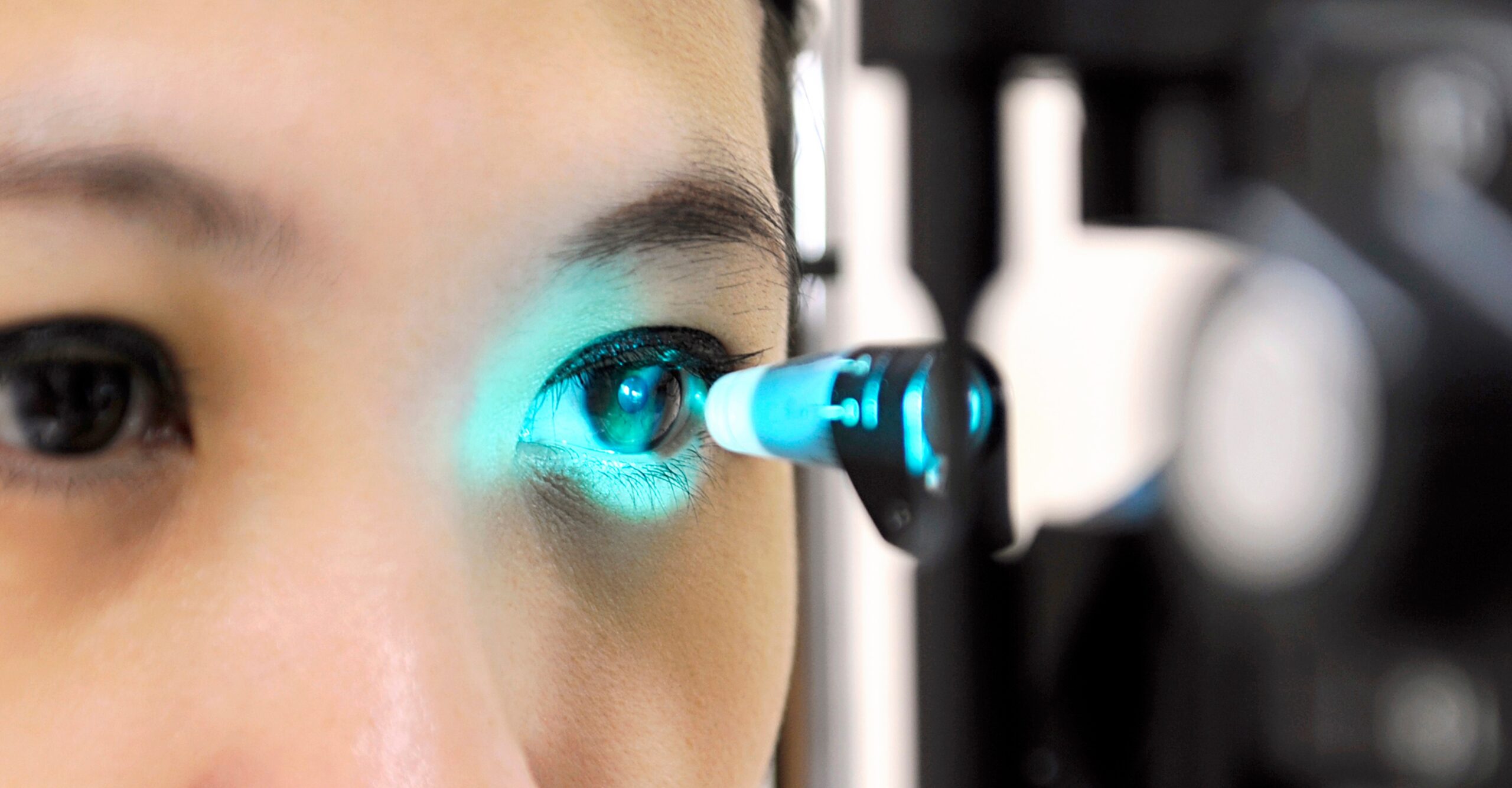

Glaucoma, cataracts treated during same procedure.
Owning a boat is a lot like owning a car. Only more difficult. In addition to the maintenance chores a boat requires, there’s also the hassle of finding a place to store it.
In the Fort Pierce area, boat lovers don’t have to worry about those issues.
Thanks to Ann Spaeth and her husband, boating enthusiasts there can enjoy all the pleasures of boating and sail on any one of 36 boats and never worry about cleaning, maintaining or storing a boat simply by joining their Freedom Boat Club.
“Freedom Boat Club is a membership boating club, the largest in the world,” Ann explains. “We’re the franchisees who own the Fort Pierce location. Anyone who joins our club has access to 36 boats and never has to worry about taking care of them.”
Ann, 65, and her husband purchased their franchise in 2016 after both “retired” and moved to Florida from New York. Boating is one of their favorite hobbies, but they don’t get out very often because their club boats are nearly always in use.


Ann Spaeth
“We definitely get out whenever a boat is available to us, but we have other hobbies as well,” Ann relates. “My husband plays tennis, and I like to play golf. I’m actually thinking of joining a league so I can play even more.”
A couple of years ago, first while driving her car at night and later while driving a golf ball, Ann began to notice a negative change in her vision. Images that once appeared clear seemed blurry, and lights produced an annoying glare.
“I was wearing glasses, and at first I thought my glasses were just dirty,” Ann relates. “But no matter how often I cleaned them, my vision still seemed cloudy. When it got so bad that I couldn’t see where my golf ball was going, I visited my eye doctor.”
One for Two
Ann receives eye care at the Center for Advanced Eye Care, where Derek H. Ohlstein, MD, has been treating her for glaucoma, a disease that can increase the pressure inside the eye and cause damage to the optic nerve.
When her vision began to fade, Ann returned to Dr. Ohlstein, who informed her she was suffering from cataracts, a natural clouding of the lens caused by a breakdown of lens fibers, a clumping of proteins or both.
The good news is that glaucoma and cataracts are both treatable, Dr. Ohlstein says. As it was initially with Ann, glaucoma can be treated with eyedrops prescribed by a physician while cataracts can be removed surgically.
In fact, as Dr. Ohlstein explained to Ann, both issues can be addressed at the same time, with an advanced glaucoma treatment that can eliminate the need for drops adding only a few minutes to the time necessary to perform cataract surgery.
“While we’re in the eye taking out the cataract, we can do what we refer to as a MIGS procedure, which is short for microinvasive glaucoma surgery,” Dr. Ohlstein educates. “It’s quick, easy, has a minimal complication rate and has great benefits for the patient.
“For about 80 percent of glaucoma patients, this MIGS procedure can reduce or even eliminate the need to take eyedrops to control glaucoma. This was something that interested Ann, so the MIGS procedure was a good option for her.”
There are several types of MIGS procedures. What they all have in common is their ability to reduce eye pressure. That can be done by increasing the outflow of fluid through the eye’s natural drainage system, using a stent to open the drain or decreasing the production of fluid inside the eye.
For Ann, Dr. Ohlstein performed the Hydrus® microstent procedure, which calls for the insertion of an 8 mm-long stent into a critical canal inside the eye. The stent widens the canal and keeps it from collapsing, facilitating lower pressure.
“The Hydrus stent opens one quadrant of the eye the same way that a stent placed in an artery of the heart opens up an artery there,” Dr. Ohlstein details. “It also acts as a snorkel to reduce the pressure, so this stent does two things at once.
“This is an FDA-approved procedure that insurance pays for, and the results have been fantastic. One of the great things about it is that it’s a much smaller procedure that achieves the same goals as a more complicated surgery.”
The insertion of the microstent is performed after the removal of the cataract, an outpatient procedure during which the natural lens is removed and replaced with an artificial intraocular lens, or IOL.
IOLs are made of acrylic or silicone and are coated with special material to protect the eyes from the sun’s ultraviolet rays. During surgery, the IOL is rolled up and placed in the eye. Once in place, the IOL unfolds and side structures called haptics hold it in place.
Like contact lenses, IOLs are available in various focusing powers. Standard IOLs correct vision primarily for distance, but patients can have one eye fixed for distance and the other for reading or intermediate vision, an option called monovision.
A third option is multifocal IOLs. One such IOL acts like a bifocal lens to correct distance and either reading or intermediate vision. A more advanced multifocal lens acts like a trifocal lens and corrects distance, reading and intermediate vision.
With a break of a week or two in between, physicians typically perform cataract surgery on one eye at a time using an ultrasonic device to break up the cloudy lens. Once the old lens is removed, the IOL is implanted, permanently correcting the vision.
Dr. Ohlstein performed cataract surgery and the MIGS procedure on Ann this past summer. Ann, who opted for a version of monovision that corrected one eye for distance and the other for intermediate range, went into the surgery with high expectations. She wasn’t disappointed.
Pleasing Results
“First of all, the procedures allowed me to get off the eyedrops I was taking for my glaucoma,” says Ann, who was taking two medications to alleviate pressure in her eyes, one in the morning and one in the evening.
“My vision is much better. I still need to wear reading glasses for anything with small print, but I don’t need glasses to drive or work at the computer, which I do for quite a while each day, or even to watch television.
“I can also see my golf ball clearly now. And since I’ve been off the eyedrops, my eyes are going back to the natural hazel color they always were. When I was taking the drops, they’d turned a muddy brown, so I’m very happy with the way this all turned out.”
Ann is just as happy with Dr. Ohlstein as she is with the outcome of the two procedures he performed. She says she greatly appreciates his professional manner and gladly recommends him to others.
“I like Dr. Ohlstein a lot,” Ann enthuses. “He’s got a really nice demeanor, and he never tries to push anything on you. He simply recommends or suggests things, and I appreciate that.
“He gives you options and lets you think it through for a while. He explains everything very well and is always willing to answer any questions you might have. Everyone on his staff is the same way, and they’ve always been great with me.”







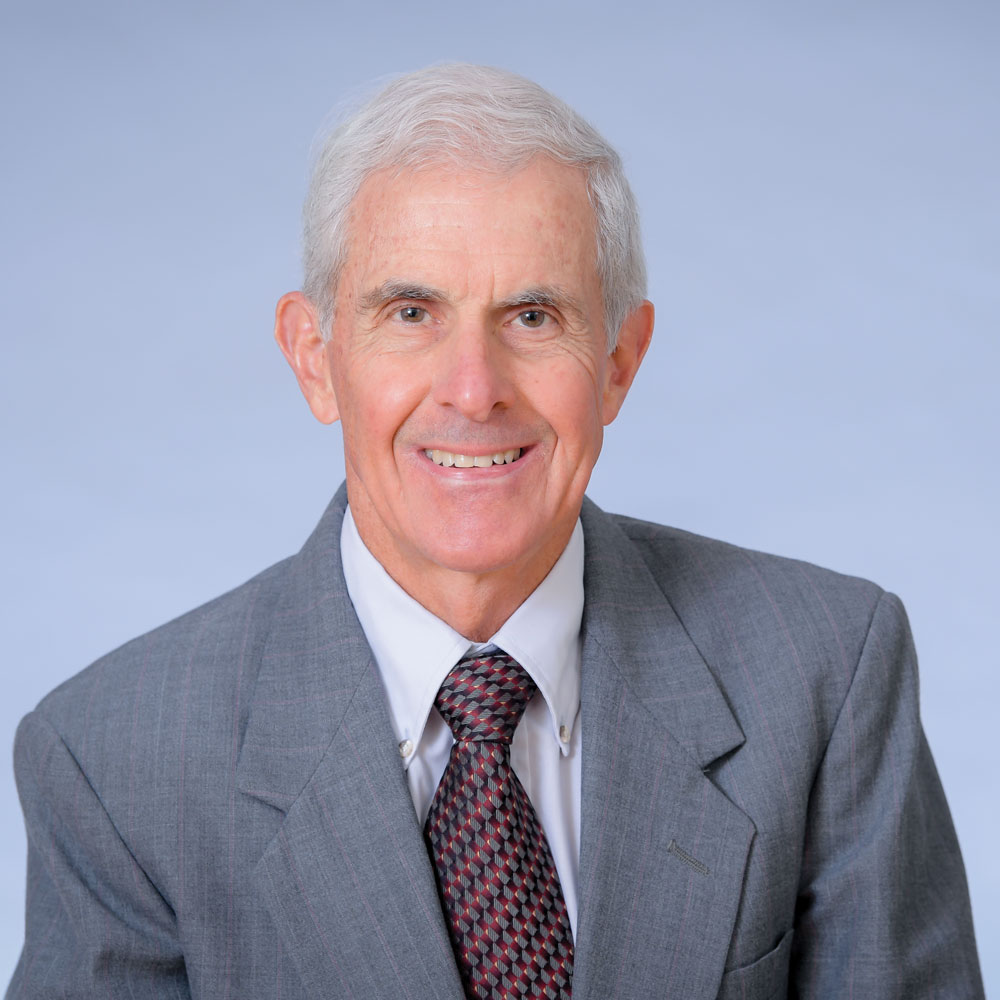

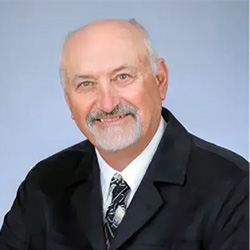
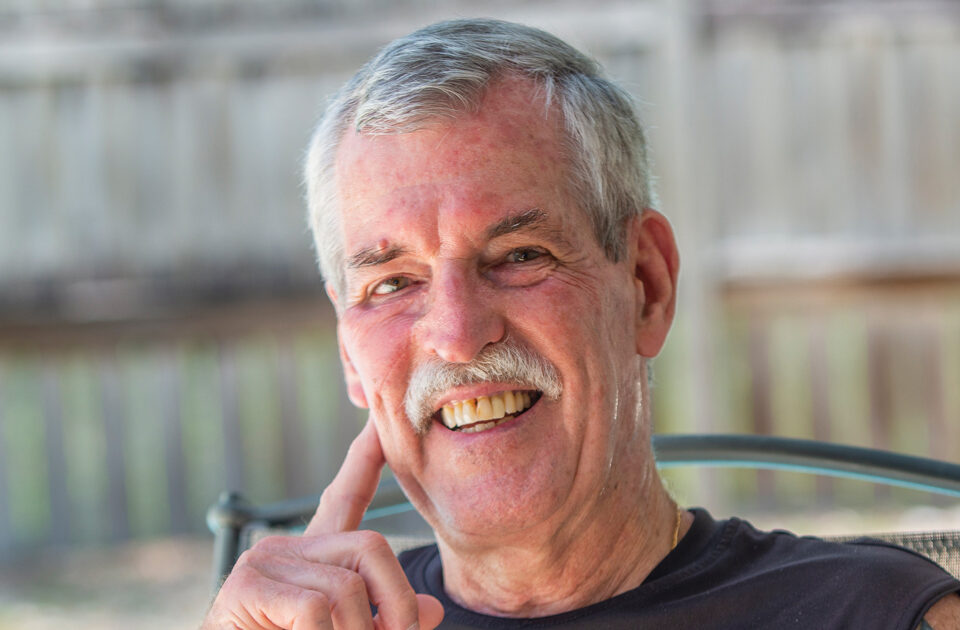

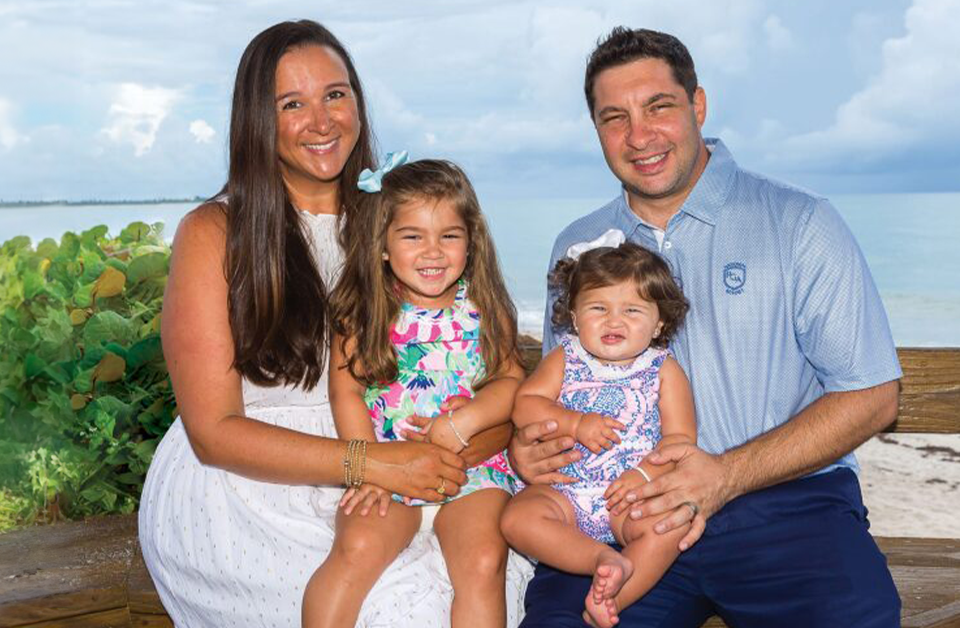


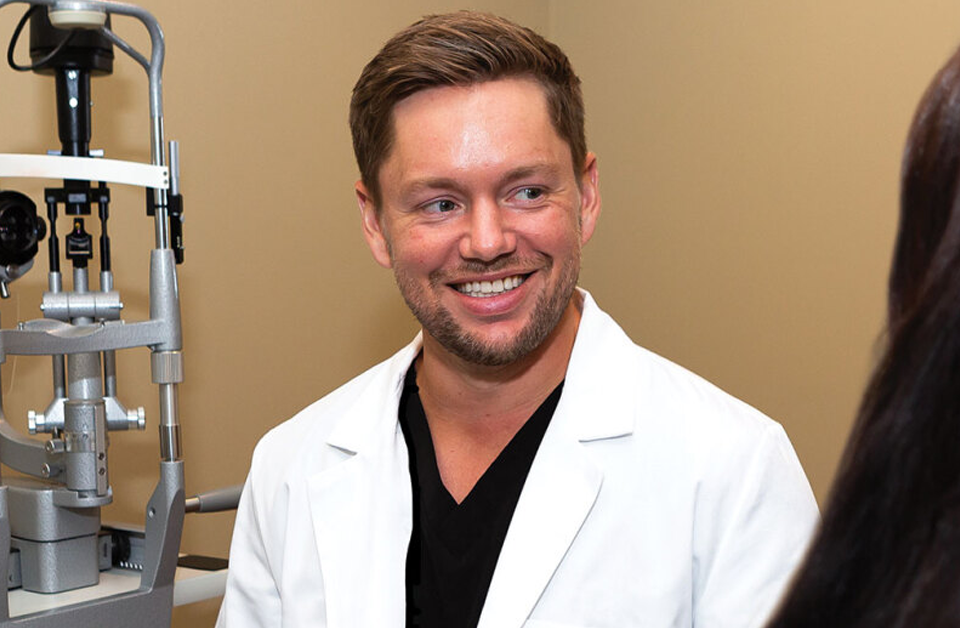
Leave a Reply